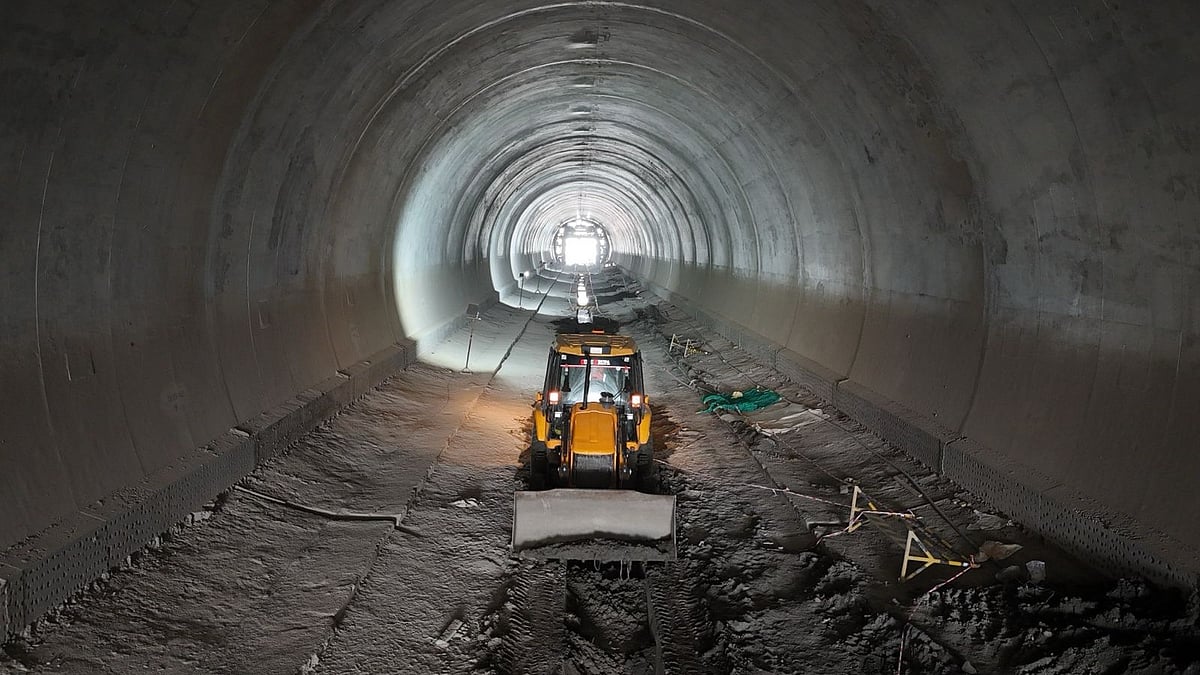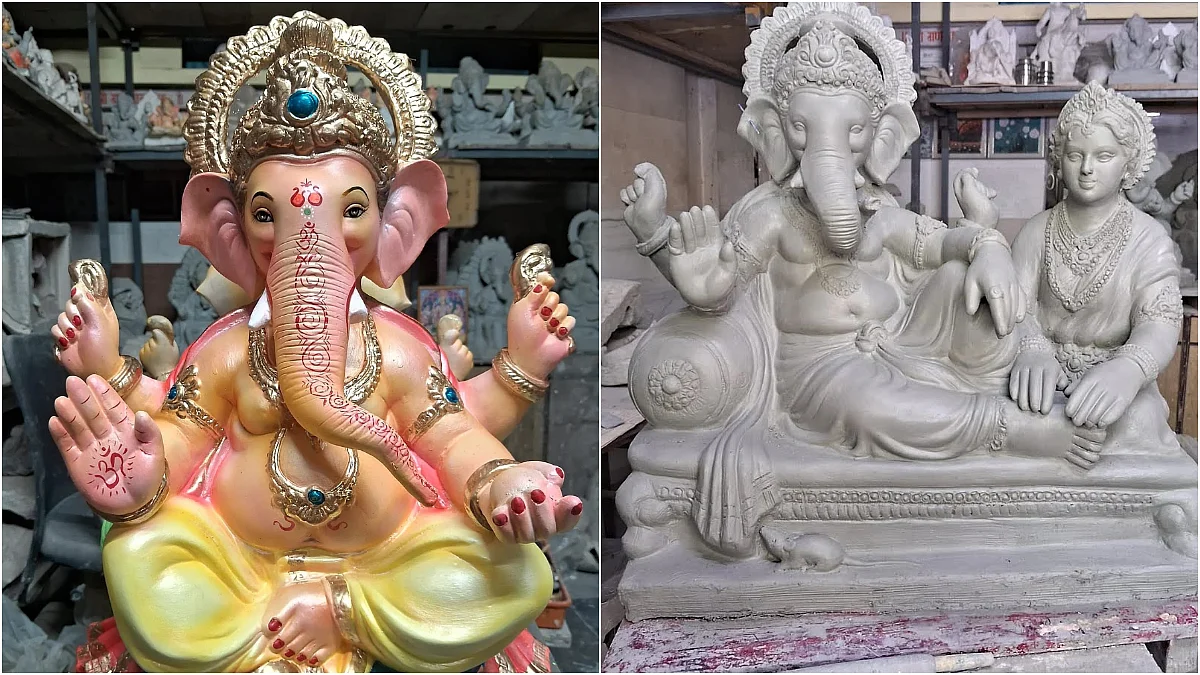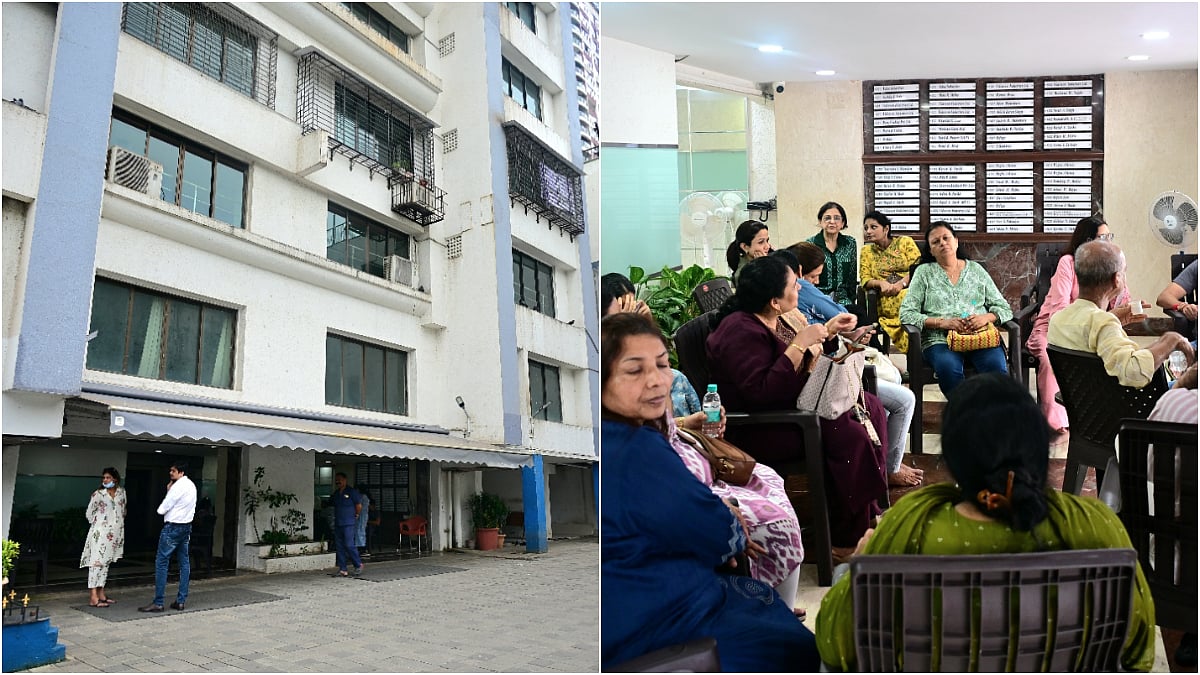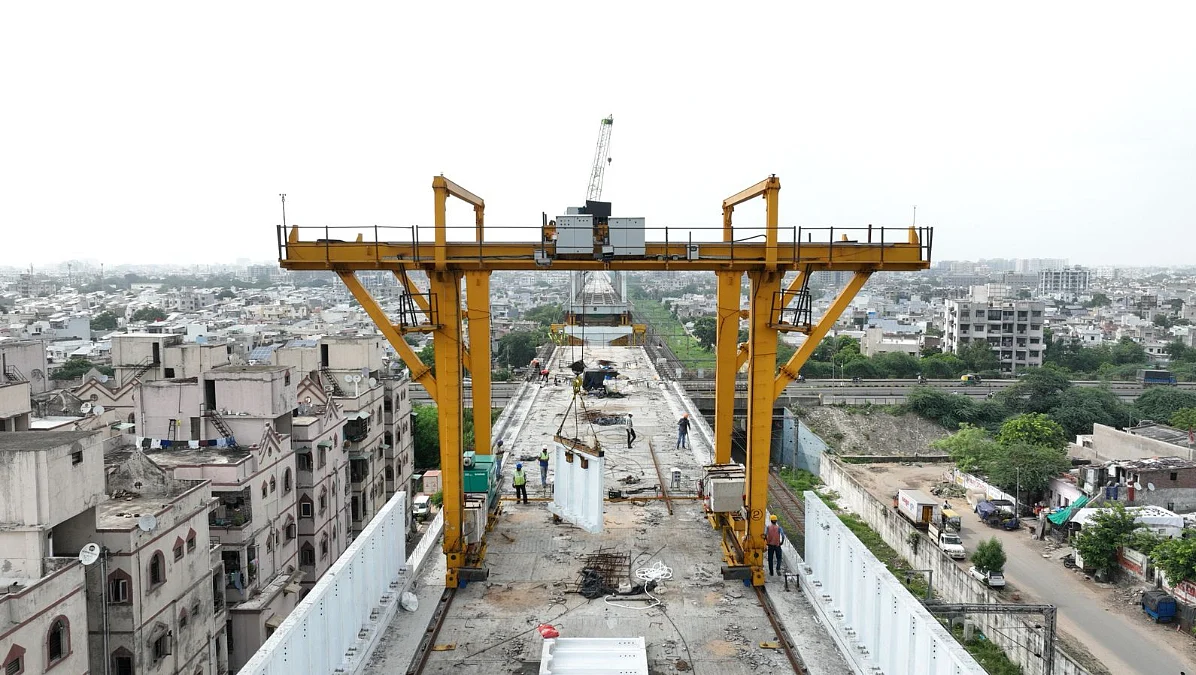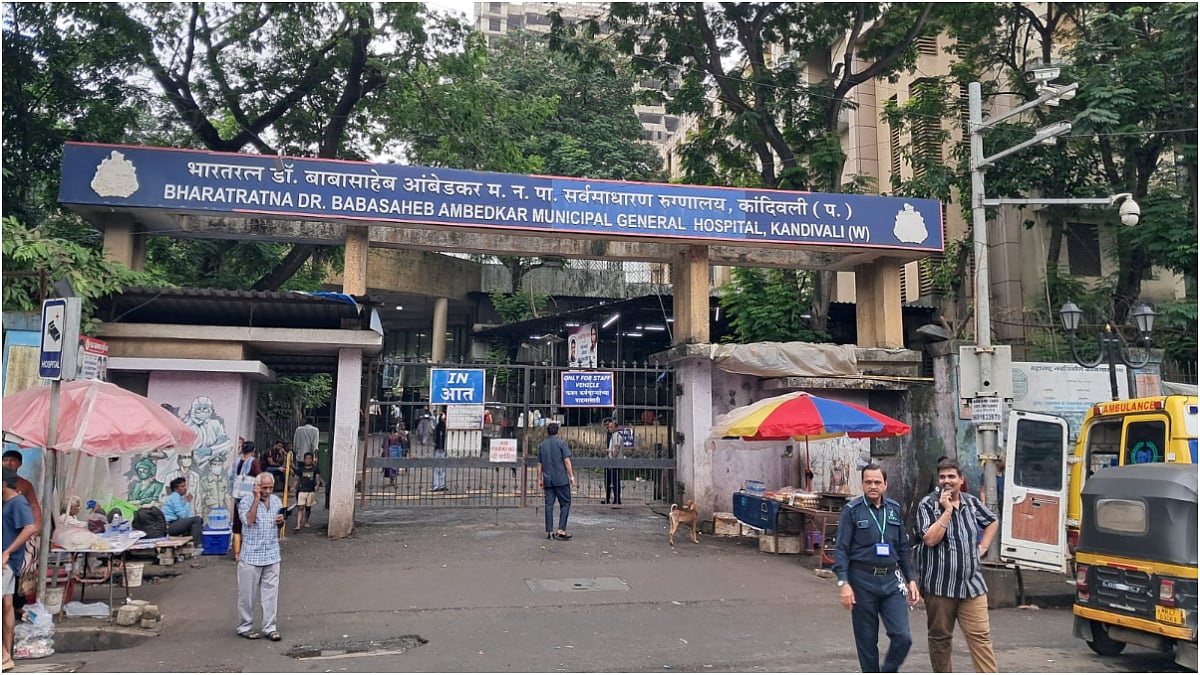Construction work on the Mumbai-Ahmedabad bullet train corridor is progressing steadily, with key milestones achieved in tunnel excavation and station development, officials said on Wednesday.
Out of the 21 km-long tunnel between BKC and Shilphata, approximately 4.5 km of tunnel heading has been achieved cumulatively from Shilphata and two concurrent faces from the ADIT portal using the New Austrian Tunneling Method (NATM). The ADIT (Additionally Driven Intermediate Tunnel) Portal is a temporary access tunnel built for the Mumbai-Ahmedabad Bullet Train project in Ghansoli, Navi Mumbai.
"Approximately 4.5 kilometers BKC -Shilphata tunnel heading— nearly one-fourth of the total length — has been achieved cumulatively, a spokesperson from the National High Speed Rail Corporation (NHSRCL) said.
In Palghar district, excavation continues on seven mountain tunnels, with around 2 kilometers of the total 6-kilometer length completed so far. Meanwhile, structural work on all eight stations in Gujarat has been finished, and interior building and finishing works are advancing rapidly.
“Work on all three elevated stations is progressing in full swing. At the Mumbai bullet train station in BKC, the base slab is currently being cast, while the first slab casting for Virar and Boisar stations has already been completed,” an NHSRCL official added.
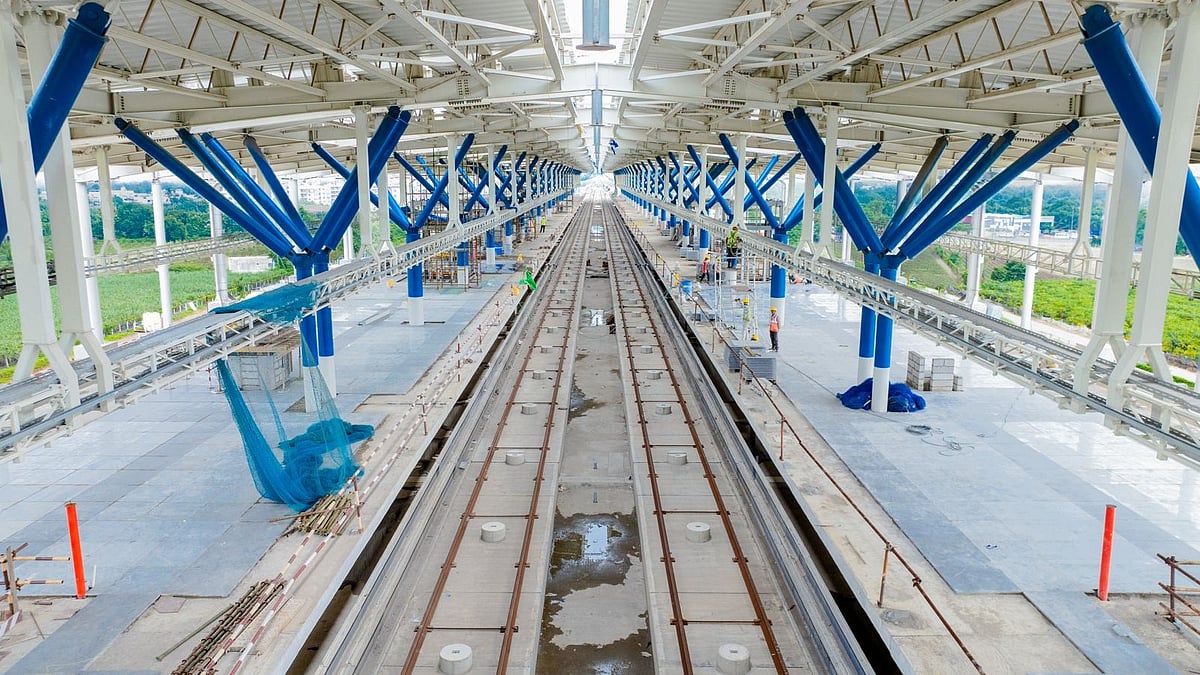
The Mumbai-Ahmedabad bullet train corridor spans a total of 508 kilometers — 352 kilometers in Gujarat and Dadra and Nagar Haveli, and 156 kilometers in Maharashtra. Viaduct construction has reached 317 kilometers, pier works cover 396 kilometers, pier foundation work extends to 407 kilometers, and girder casting has been completed for 337 kilometers.
"These developments signal steady progress across multiple facets of the project, as India’s first high-speed rail corridor edges closer to completion" said an official of National High Speed Rail Corporation.
Additionally, the installation of noise barriers on the viaduct is underway in Gujarat, with approximately 3,90,000 noise barriers already installed along a 195 km stretch. Similarly, significant progress has been made in track bed construction, with around 198 track km completed so far in the state. Apart from that, welding of rails to form long panels of 200 meters is actively in progress on the viaduct. According to the National High Speed Rail Corporation, the installation of overhead equipment (OHE) masts is also progressing, with more than 1,600 OHE masts installed between the Surat and Bilimora Bullet Train stations, covering approximately 40 km of the mainline viaduct.
Construction Work of Bullet Train Stations in Gujarat Nearing Completion
Construction work on bullet train stations at Sabarmati, Ahmedabad, Anand, Vadodara, Bharuch, Surat, Bilimora, and Vapi is nearing completion. Structural work at these stations is already finished, and final touches such as interiors, roofing, and installation of passenger amenities are currently underway.
These stations are designed to offer not just functionality but also a world-class travel experience. Reflecting the unique cultural identity of each city, the designs emphasize comfort, aesthetics, and passenger convenience, featuring airy interiors, natural lighting, and modern facilities.
Sustainability has been central to the construction, with solar panels, rainwater harvesting systems, sewage treatment plants, and eco-friendly materials being incorporated. Green landscaping, skylights, and energy-efficient architecture further enhance their environmental appeal.
Passenger convenience is a major focus, with stations equipped with lifts, escalators, clear signage, and accessible facilities. Amenities will include spacious waiting areas, lounges, childcare spaces, food kiosks, and retail outlets.
Key stations like Ahmedabad, Vadodara, Sabarmati, and Surat are also being developed as multimodal hubs, ensuring seamless integration with Indian Railways, Metro services, buses, and other local transport. Dedicated parking areas are also being developed.
